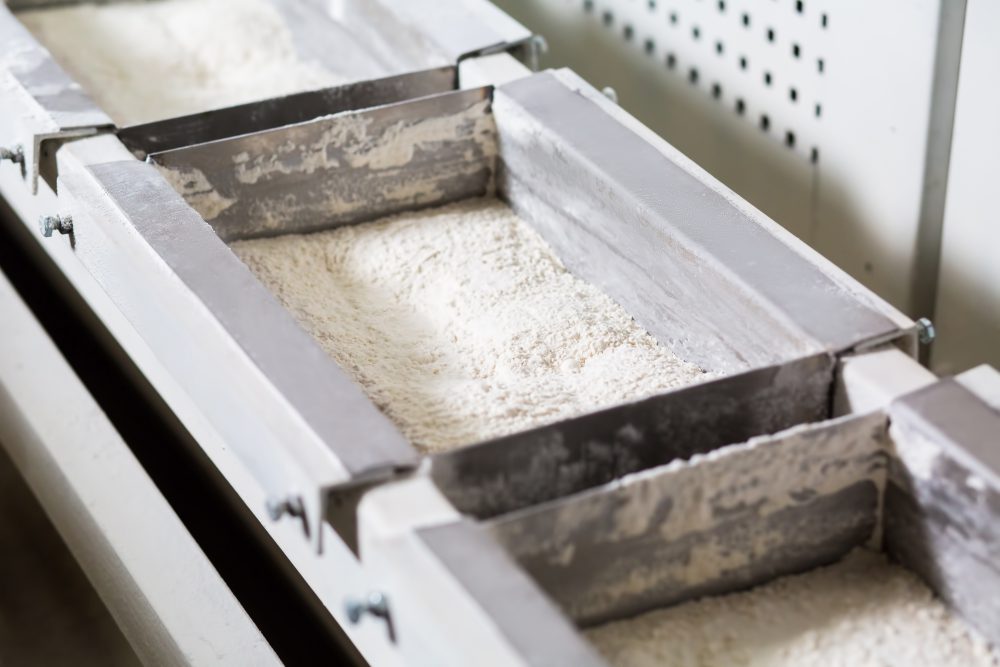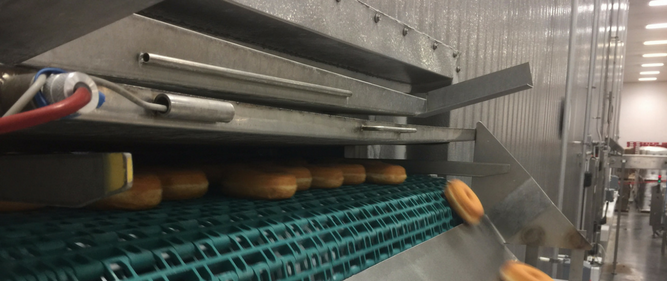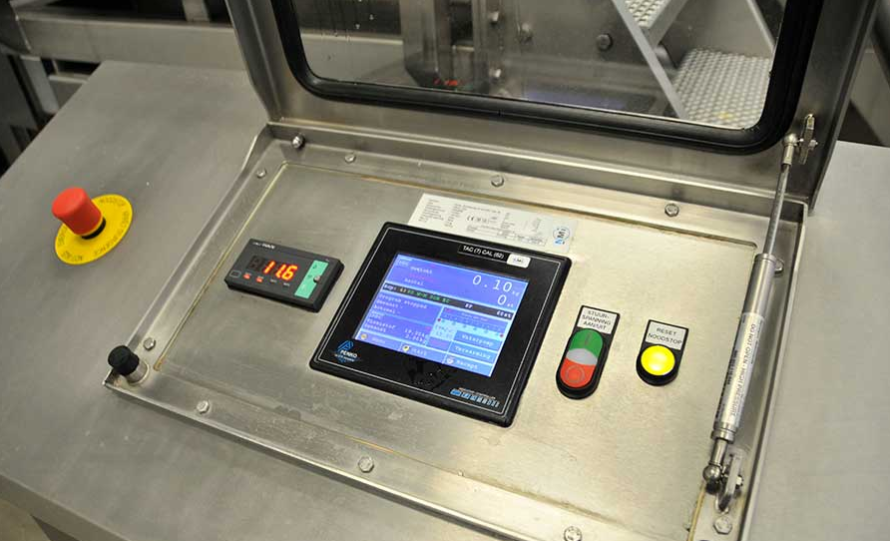Industrial Dust Collection Systems: Which Is Best for Your Food Processing Facility?
Controlling dust is a major concern in food manufacturing, whether you’re roasting coffee beans, mixing spices or using flour as a release agent for your baked goods. Whenever there is potential dust in your processing environment, you want to capture it at the source.
Managing dust is critical for a variety of reasons:






